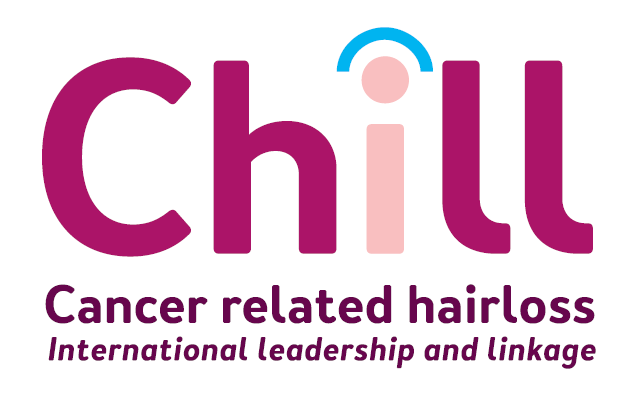Everyone experiences hair loss differently. Some patients are not bothered by it, while others find it very confronting. How bad patients find hair loss and how they handle it is not determined by age, gender or cultural background. The feeling about hair loss can differ for people who, for example, have young children or have a job in which their appearance is important.
Patients often report that the moment at which hair loss begins is very challenging, even though they thought that they were well prepared for it. Some patients get accustomed to a bald head quickly, while others never do. When they look back at the hair loss later, some report that hair loss was always one of the most troublesome aspects. Others say that it was not so bad afterwards, and that they had worried too much about it.
Take into account that you will look very different and that people might not recognize you immediately. This happens more frequently if you had thick eyebrows and these fell out.
Camouflaging hair loss means that the outside world does not see that you are sick. On the other hand, displaying baldness can create understanding from those around you. People around you then get the chance to ask about how you are doing, if you need that. The most important thing is to do what feels good for you.
For the outside world (people who do not know you), hair loss is usually only visible when about half of the hair has fallen out.
Your skin can be extra sensitive due to exposure to all kinds of influences that are normally not there, such as cold, wind and sunlight. By rubbing the scalp after showering with a lotion or oil, you can prevent dryness, flaking and itching. (Only put on a wig if you wear one after the lotion or oil has been absorbed.)
Protect the (partially) bald scalp against cold and sunlight. Many patients wear a cap at night because a bald head can get cold.
